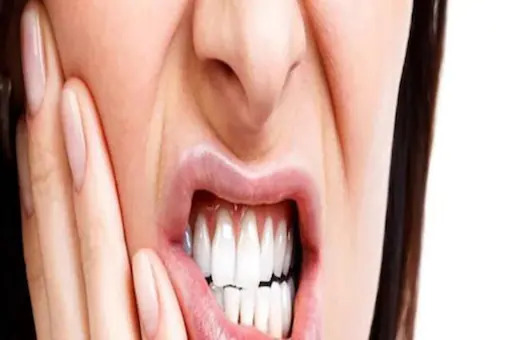Gums are said to be the roots of our teeth that hold them together strongly. They provide support to the teeth and even determine the overall oral hygiene. However, with age and other habits, gum health degrades and causes our gums to bleed, swell, and pain a lot. This is a sign that our gums are not healthy. Let’s take a look at the symptoms, causes of gum damage and how we can prevent it using some simple tips.
SYMPTOMS OF GUM DAMAGE
When gums begin to damage, it can lead to plaque, gum bleeding, increased sensitivity, gingivitis, and even periodontitis. There are some common signs that alarm you that your gums are not healthy.
- Inflammation
- Tenderness
- Redness
- Swelling
- Prone to bleeding
- Sharp Pain
- Bad taste
- Smelling Breath
- Gap between teeth and gum
CAUSES OF GUM DAMAGE
There are multiple reasons for gum damage, some are related to poor oral hygiene and others related to lifestyle.
- Aggressive brushing
- Genetic disorder
- Age
- Insufficient dental care
- Smoking
- Alcohol
- Bacterial infection
- Tobacco
- Malnourishment
WAYS TO PREVENT GUM DAMAGE
Use a Floss
After you have brushed, at least use floss once a day to remove the stuck food and plague which is beyond your toothbrush’s reach.
Visit your dentist regularly
It is highly important that you get your teeth to get cleaned at least twice a year to maintain healthy gums. A dental cleaning helps remove any infection before it infects all your gum portion or even plague.
Quit Smoking, alcohol and tobacco
These unhealthy habits takes a dig at your gum health and can lead to unending gum problems. Therefore, you must limit or quit smoking and drinking.
Brush at least twice a day
You must have heard a million times that one should brush their teeth at least twice a day. Use a soft-bristled toothbrush to clean your teeth after every meal and after waking up in the morning. This helps remove bacteria and food in between teeth. Scrub your tongue too, since it can harbour bacteria.
Use Fluoride based toothpaste
Fluoride prevents tooth decay and is one of the most important components your toothpaste should contain. You should check the ingredient list for fluoride before buying any toothpaste.


